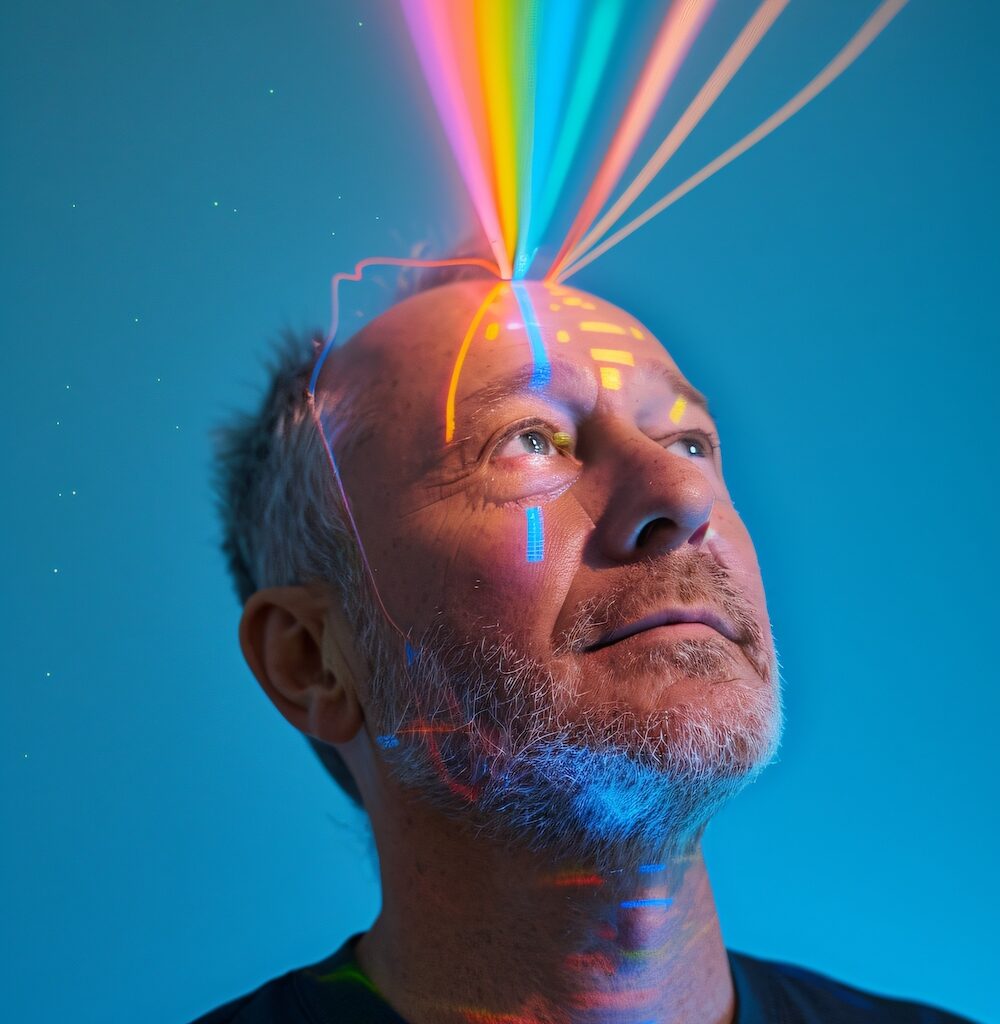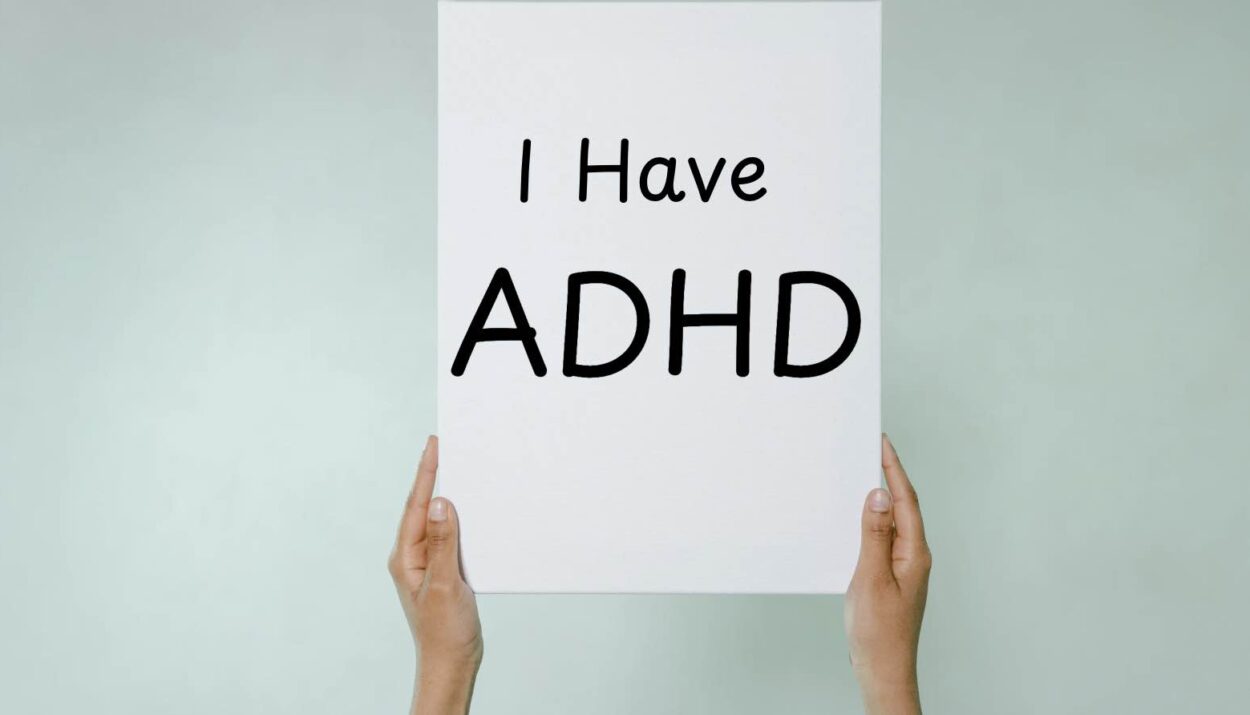Attention Deficit Hyperactivity Disorder (ADHD) has traditionally been associated with children, but a growing number of adults are seeking evaluations and diagnoses. According to a recent study, more than 15 million U.S. adults, roughly 1 in 17, have been diagnosed with ADHD (1).
Emily Wilson’s story is a prime example. Her teenage daughter struggled with uncontrolled emotions, a shrinking attention span, and a growing tendency to procrastinate.
During her daughter’s evaluation, Wilson realized that she might be experiencing similar symptoms. She underwent testing and was diagnosed with ADHD at age 42.
Why is the Diagnosis of ADHD Rising in Adults?
So, what’s driving this surge in ADHD diagnoses among adults? Some experts point to increased awareness and reduced stigma around mental health. Others argue that the pressures of modern society, with its constant demands and distractions, may be contributing to the rise.
“It’s like there’s an engine in you and you feel like it’s always running, and you can’t turn it off except with medication,” said Rachel Lee, a 62-year-old woman who was diagnosed in her 50s.
What are the Symptoms of ADHD in Adults?
ADHD symptoms can manifest differently in adults than in children. Common symptoms include:
- Difficulty sustaining attention during tasks or activities
- Difficulty following through on instructions or completing tasks
- Struggling to stay organized and manage time effectively
- Avoiding tasks that require sustained mental effort
- Frequently losing things or forgetting important items
- Easily getting distracted or interrupted
- Fidgeting or restlessness
- Difficulty waiting for one’s turn or interrupting others

The Laziness Stigma
But as ADHD diagnoses rise, some critics argue that people are using the condition as an excuse for laziness. “If you’re not trying hard enough, you’re not going to succeed,” said Dr. Sophia Patel, a psychiatrist. “We need to be careful not to pathologize normal behavior” (2).
Others argue that this criticism is unfair. “ADHD is a real condition that can have a significant impact on a person’s life,” said Dr. Ava Moreno, a psychiatrist and ADHD expert. “It’s not just about being lazy or not trying hard enough” (4).
What’s the Difference Between ADHD and Laziness?
So how can you tell if you’re struggling with ADHD or just being lazy? According to experts, the key is to look at the patterns of behavior. People with ADHD often struggle with sustained attention, organization, and time management, regardless of their motivation or effort.
“Laziness is a choice, whereas ADHD is a neurodevelopmental disorder,” said Dr. Julian Styles, a psychologist and ADHD expert. “If you’re struggling with ADHD, it’s not because you’re not trying hard enough – it’s because your brain is wired differently” (3).
Concerns About Overdiagnosis
As ADHD diagnoses rise, some experts worry about the potential for overdiagnosis. Dr. Sophia Patel is among those who disagree with the rising diagnoses. “ADHD has become a catch-all diagnosis for anyone who has trouble paying attention,” she said. “We’re pathologizing normal behavior” (2).
Dr. Julian Styles also expressed concerns. “We’re seeing a lot of people who are being diagnosed with ADHD who don’t really have it,” he said. “It’s become a fashionable diagnosis” (3).
The Role of Society in the Rise of ADHD Diagnoses
Some experts argue that society’s increasing demands and lack of attention span may contribute to the rise in ADHD diagnoses. “We’re living in a world that’s increasingly fast-paced and demanding,” said Dr. Ava Moreno. “People are feeling overwhelmed and distracted, and that’s leading to more diagnoses of ADHD” (4).
ADHD Statistics Provided by My Unbounded Life
Prevalence of ADHD
| Population | Prevalence |
|---|---|
| U.S. Children (3-17 years) | 11.4% |
| U.S. Adults (18-44 years) | 4.4% |
Diagnosis by Age and Sex
| Population | Boys/Men | Girls/Women |
|---|---|---|
| Children (3-17 years) | 15% | 8% |
| Adults (18-44 years) | 5.4% | 3.2% |
Severity and Treatment of ADHD
- 6 in 10 children with ADHD have moderate or severe ADHD.
- 1/3 of children diagnosed with ADHD retain the diagnosis into adulthood.
- 32% of children with ADHD received both medication treatment and behavior treatment in 2022.
- Nearly 2 million U.S. children with ADHD did not receive ADHD-specific treatment in 2022.
Establishing Clear Guidelines for Diagnosis and Treatment
To address concerns about overdiagnosis, the American Professional Society of ADHD and Related Disorders is drafting a national set of diagnosis and treatment guidelines for health professionals who treat adults. The goal is to improve the accuracy of diagnoses and ensure consistent treatment.
🧠 Thrive with Adult ADHD!
✔ Boost Executive Functioning
✔ Practical Strategies for Success

⭐ 4.6/5 Stars – 1,500+ Reviews!
📖 Now Only $10.25!
🛒 Shop Now
At no extra cost to you, some or all of the products featured below are from partners. It’s how we make money as an Independent Digital Magazine. This does not influence our recommendations or editorial integrity, but it does help us keep the site running.
References:
- Centers for Disease Control and Prevention. (2023). Attention-Deficit / Hyperactivity Disorder (ADHD).
- Patel, S. (2013). Saving Normal: An Insider’s Revolt Against Out-of-Control Psychiatric Diagnosis, DSM-5, Big Pharma, and the Medicalization of Ordinary Life. HarperCollins.
- Styles, J. (2017). The Adult ADHD Rating Scales. Multi-Health Systems.
- Moreno, A. (2011). Driven to Distraction: Recognizing and Coping with Attention Deficit Disorder. Anchor Books.






